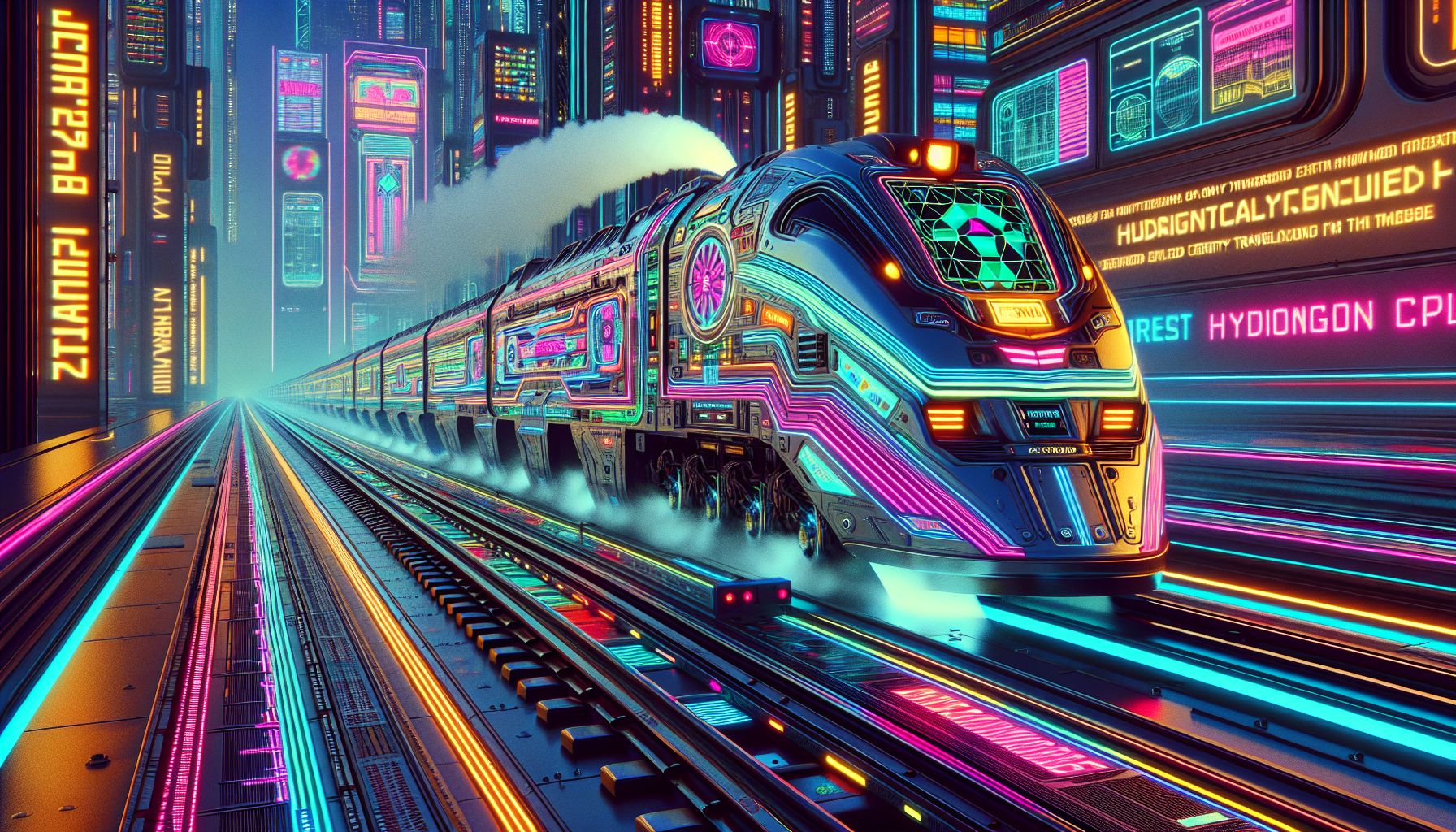All Aboard the Future: America's First Hydrogen-Powered Train Hits the Tracks

Inland Empire, Monday, 15 September 2025.
ZEMU, America’s first hydrogen-powered train, debuts, emitting only water vapour. This marks a leap in eco-friendly transit, showcasing hydrogen’s potential to cut carbon emissions.
ZEMU Takes the Rails
Can you believe it? The ZEMU, the United States’ first hydrogen-powered passenger train, has officially begun its journey in the Inland Empire. It operates along the nine-mile Arrow Corridor, connecting San Bernardino and Redlands. This isn’t just a train; it’s a rolling symbol of innovation, only emitting water vapour and setting a new standard for eco-friendly transport [1][2][3].
Hybrid Power at Its Best
Now, how does this technological marvel work, you ask? The ZEMU uses a hybrid hydrogen and battery system. This means it combines hydrogen fuel cells with battery storage to power the train, ensuring minimal environmental impact. The result? A clean, efficient transit solution that could very well change the way we think about public transportation [1][2][4].
A Historic Day for San Bernardino
Saturday, 13 September 2025, marked a monumental moment for San Bernardino and indeed the whole nation. The train’s debut was celebrated with free rides for eager passengers keen to experience this cutting-edge mode of transport. With the capacity to carry 220 passengers, the ZEMU is a testament to how far technology has come and where it can take us next [1][3][5].
Manufactured by the Masters
The ZEMU is the brainchild of Swiss manufacturer Stadler, a name synonymous with quality and innovation in train manufacturing. Arriving in San Bernardino in June 2024, the ZEMU underwent rigorous testing to ensure compliance with all federal regulations. It’s a remarkable example of international collaboration bringing sustainable technology to the forefront of American public transport [1][3][4].
Implications for the Future
This isn’t just about one train in one county. It’s about setting a precedent. The ZEMU’s introduction is expected to spark further investment in hydrogen-powered transport across the US. Who knows? Maybe soon, this technology will be a common sight across the country, helping us all breathe a little easier [2][3][5].